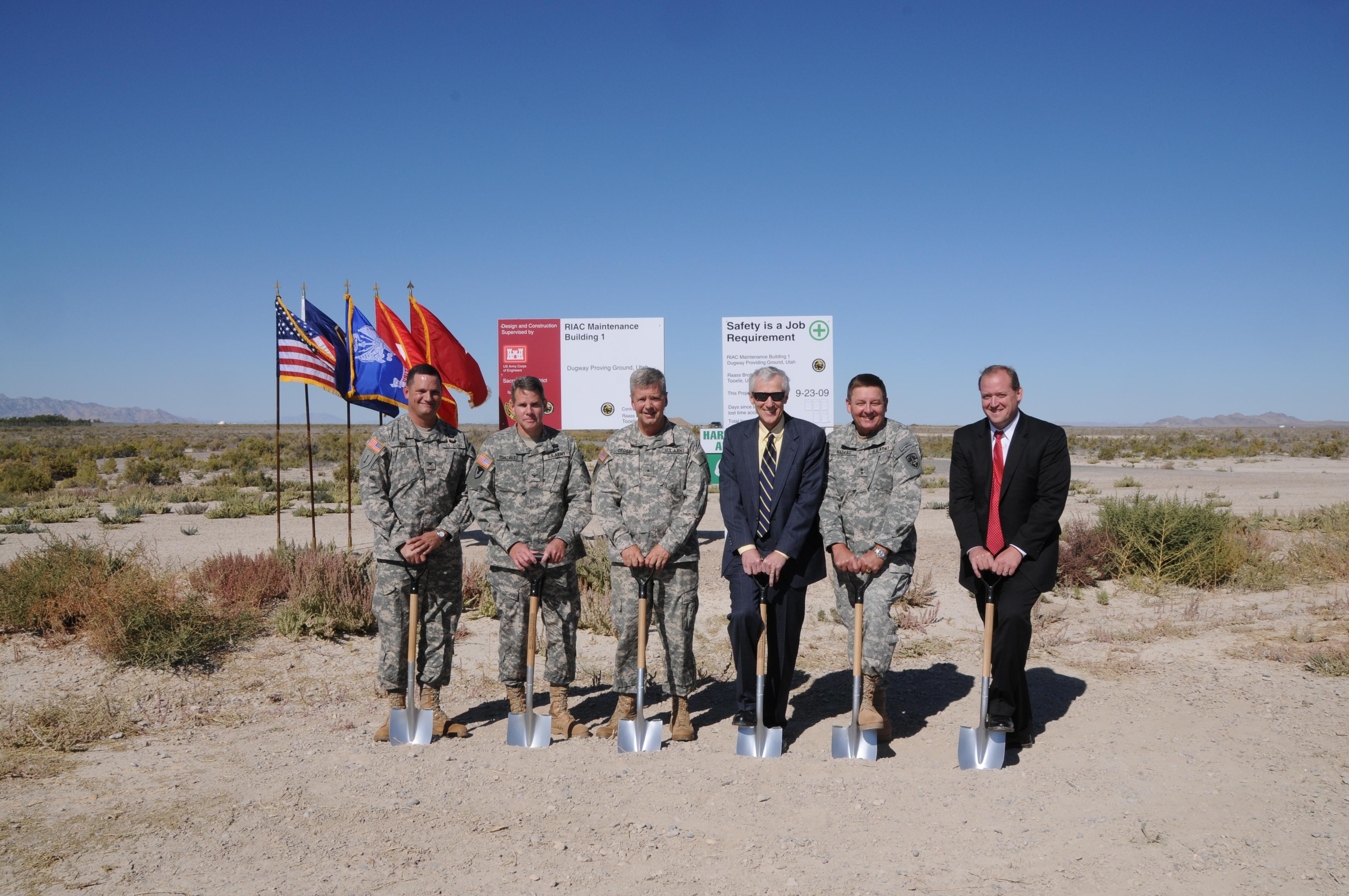
The Unmanned Aircraft Systems Project Office on Sept. 23 officially opened its Rapid Integration and Acceptance Center at Dugway Proving Ground, Utah, consolidating the testing of UAS payloads and technologies to allow for faster deployment to war fighters.
Brig. Gen. Tim Crosby, program executive officer for aviation, paralleled the new RIAC operation with the Pony Express operations that took place across the neighboring Utah desert in 1860 and 1861.
"In the same pioneering spirit those passionate and dedicated riders served their country, we serve our country and our war fighters today. The RIAC will allow us to serve our Soldiers faster," he said.
Col. Greg Gonzalez, project manager for Unmanned Aircraft Systems, also acknowledged service to the war fighter, noting that it is the Soldiers in combat who give his office its orders.
"If a Soldier says 'Col. Gonzalez, I need to fly more air vehicles at the same time with just one ground system,' then it becomes my job to figure out how to make that happen," Gonzalez said. "I should tell you that it doesn't bother me a bit to have those young Soldiers tell me what to do. It is my pleasure to take those orders and deliver what they need."
Development of a common Ground Control Station to operate with multiple UAS is an effort the Army is leading for the Department of Defense and work related to GCS will move to the RIAC. "We can accelerate interoperability by having all the equipment and the experts in one place, to test, to improve, to deploy," Gonzalez said.
Managed by the Army, the center is open to any military agency that needs unmanned aircraft systems technologies or payloads quickly tested and fielded. The Army UAS Project Office coordinates efforts with the Marine Corps and Special Operations Command, and anticipates working with the Navy at RIAC in the near future.
Following a year-long search, the Army announced in May that Dugway Proving Ground had been chosen for its abundant restricted air space and available frequency spectrum, existing infrastructure, and room for expansion.
"Having the UAS program come to Dugway is strategically and economically smart," Dugway commander Col. William E. King IV said. "The local economy benefits with the influx of UAS employees who live and spend their paychecks in the region, and the hiring of additional local contractors to support the programs. This is a win-win for all."
In June, operations for the Shadow tactical unmanned aircraft system began relocating to the RIAC. Operations for the Hunter system will be transferred by year's end, the Ground Control Station test operations are in the process of being transferred, and transition for the Extended Range Multi-Purpose UAS will happen in the spring.

Social Sharing